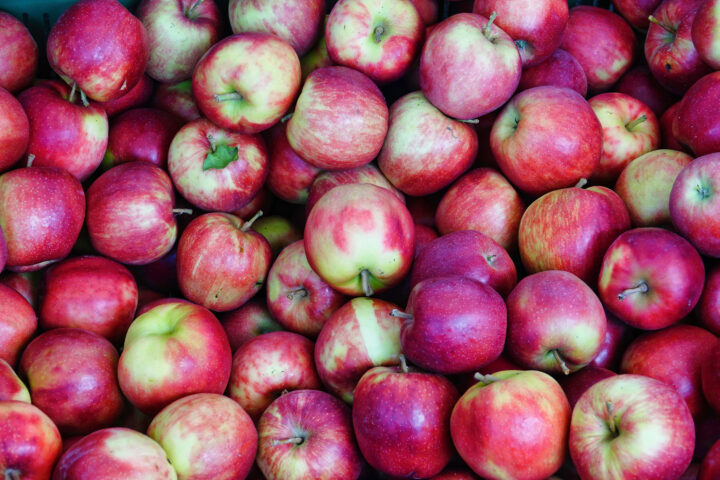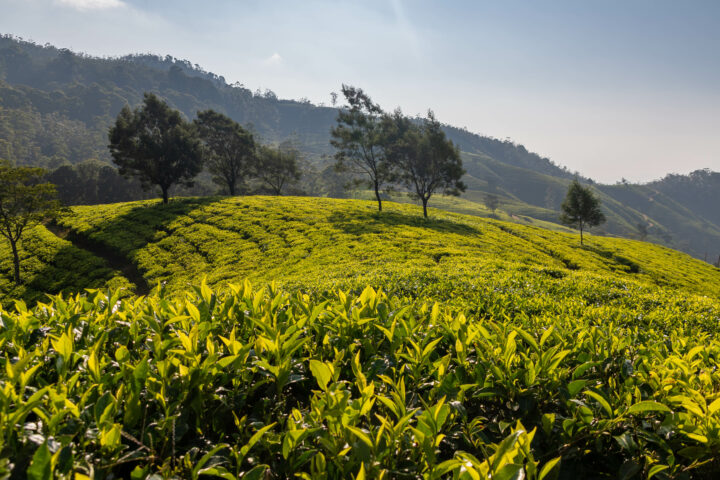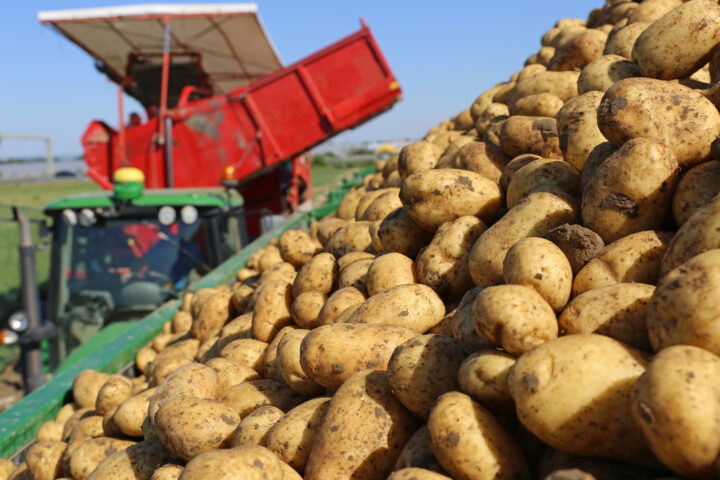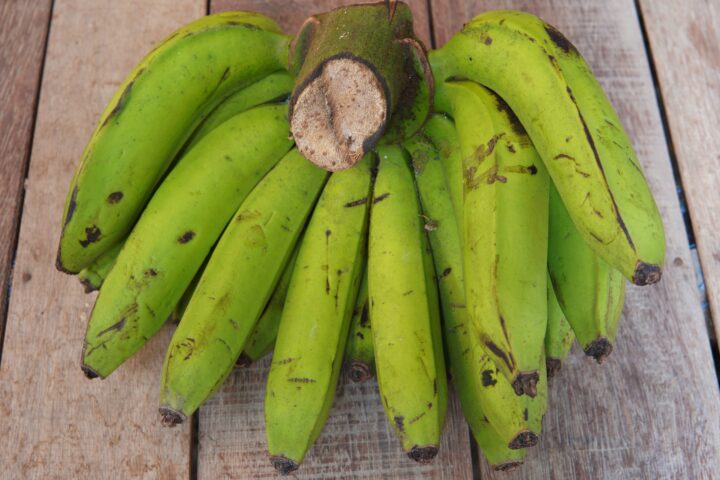
Philippines: Farmers Harvest the First Golden Rice
The world’s first Golden Rice harvest recently took place in the Philippines. The rice is enriched with a beta carotene gene, which can be converted into vitamin A in the human body. The aim is to bring an end to the widespread vitamin A deficiencies in developing countries. But there has been and still is massive resistance to growing it.
Wednesday, November 30, 2022
It took 30 years for the idea to become a reality. Philippine rice farmers recently harvested some 70 tons of ‘Golden Rice’. Science editor Nik Walter wrote an extensive article on this breakthrough in ‘Tages-Anzeiger’. Golden Rice is a genetically modified variety of rice that is enriched with beta carotene (pro-vitamin A) to give it its characteristic yellow or golden color. The human body can convert the beta carotene in Golden Rice into vitamin A. The hope is that the widespread cultivation of the rice will prevent vitamin A deficiency in millions of children.
Vitamin A Deficiency Leads to Blindness and Death
Vitamin A deficiency is among the most severe health catastrophes of our time, affecting some 250 million children of pre-school age. Loss of vision is a direct consequence of vitamin A deficiency. Every year between 250,000 and half a million children go blind as a result of vitamin A deficiency. A million children die of it. In order to alleviate this suffering, the UN has been giving out vitamin A capsules in the regions affected since 1998. According to ‘Tages-Anzeiger’, in good years, these can reach 75 percent of the children affected by vitamin A deficiency. However, the system began to struggle during the coronavirus pandemic. The supply of capsules could not be maintained in many places. Absorbing vitamin A through food would be much more effective.
Thirty years ago, this enormous human suffering motivated ETH professor Ingo Potrykus to breed a variety of rice that could give humans the vitamin A they needed through food. In cooperation with his research colleague Peter Beyer, he developed a variety of rice that was enriched with a beta carotene gene from the daffodil. In 1999, they presented their ‘Golden Rice’ to the global public. It sparked enormous interest. Potrykus even made it onto the front cover of ‘Time’ magazine.
However, the researchers soon discovered that the beta carotene gene that they had extracted from the daffodil produced much too little pro-vitamin A to have any effect on health. They needed to go back to the drawing board. Together with Syngenta, they developed a new variety of rice enriched with a beta carotene gene from corn. This time, the results were good. The new variety produced sufficient pro-vitamin A to cover the daily requirement of school-age children.
Fundamentalist Resistance
Although Potrykus and Beyer’s idea was a great one, they needed a lot of patience. It took decades from the development of the first variety to commercial use. This was partly down to the enormous regulatory hurdles for gene technology in many countries of the world: “The requirements for a regulatory portfolio are so immense that it took multiple groups of full-time specialists five to ten years to collate all the necessary data,” explains Potrykus in ‘Tages-Anzeiger’. Decades of fundamentalist opposition from NGOs such as Greenpeace also prevented approval being granted sooner. In summer 2021, Greenpeace protested against the approval of Golden Rice in the Philippines even though it could save innumerable lives.
In view of the above, the researcher, now 89, is all the more delighted about the approval of Golden Rice in the Philippines. Potrykus is certain: “Now it has been approved, the areas on which it is grown are going to increase massively.” Despite approval in the Philippines, imminent commercial use of Golden Rice is still not an option in many places. For example, in India, the country Potrykus most wanted to help with his research. “In India, there is very effective opposition to gene technology,” explains Potrykus, “we have hit a brick wall there.”
Research Continues
Other basic foodstuffs containing essential nutrients thanks to genetic modification could follow. In recent years, a number of varieties of rice and corn enriched with essential elements have been developed. Back at ETH, Navreet Bhullar and her doctoral student Simrat Pal Singh have even successfully modified rice plants to contain a number of additional elements: Not only beta carotene but also iron and zinc. Iron and zinc deficiencies are serious problems in developing countries and lead to increased maternal and infant mortality, among other things. “It will definitely be another five years before multi-nutrient rice can be used to relieve ‘silent hunger’,” Bhullar reported in an ETH article in 2017. It is high time to approve other modified basic foodstuffs alongside Golden Rice.
Related articles

Where the focus lies in apple breeding
The new head of Agroscope's fruit breeding research group is Andrea Patocchi. In an interview with the trade journal Obst + Wein, he explains where the focus of apple breeding lies today.

Chinese robot picks tea
There is a shortage of tea pickers in China. A robot developed by a researcher is set to remedy the situation and take over the work in future. Thanks to artificial intelligence, the machine can even recognise the shoots of the tea plant. The first harvesting robots are also already being developed in Switzerland.

Potato farmers want robust varieties
As the use of pesticides is to be massively reduced, the potato industry now wants to focus on more robust varieties. The industry has even concluded a target agreement with the federal government. This is ambitious: By 2040, robust varieties are to thrive on 80% of potato cultivation areas.

How genetic engineering is saving the Cavendish banana
The most popular banana variety - the so-called Cavendish banana - could soon disappear due to a persistent fungus. Australian researchers have developed a solution based on genetic engineering.

